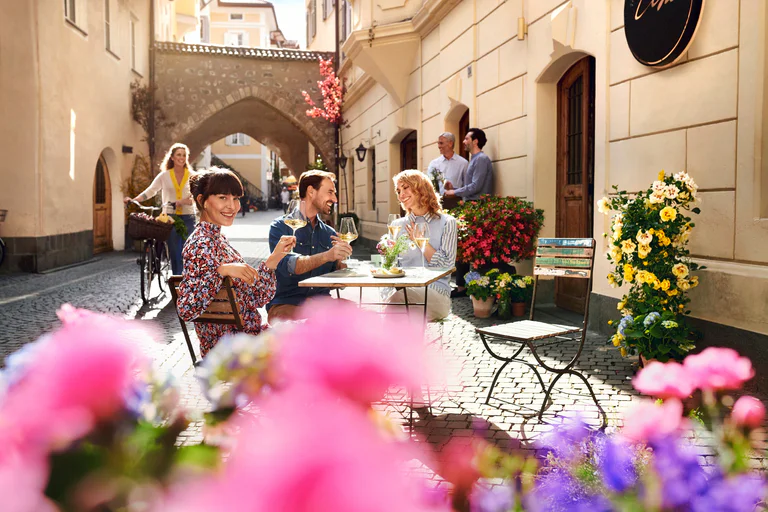Every summer thousands of sheep cross the border
The transhumance in Schnalstal Valley, which is still practiced and deeply rooted in local tradition, dates back 600 years. This ancient tradition in Schnalstal Valley is now part of the Intangible Cultural Heritage. The annual migration in Schnalstal Valley is the only cross-border and trans-glacial transhumance in existence.
Every June, the shepherds lead flocks of 3,000 – 4,000 sheep on a mass migration from Vernago/Vernagt and Maso Corto/Kurzras across two mountain passes to the fertile pastures of Vent in neighboring Austria. The transhumance in the Schnalstal Valley covers more than 40 km, across gullies and snow-covered fields.
In mid-September, the sheep and shepherds with the help of sheep dogs guide the flocks back to the Schnalstal Valley on the much safer return trip. At the end of the transhumance, the successful termination of the migration is celebrated.


















































































































